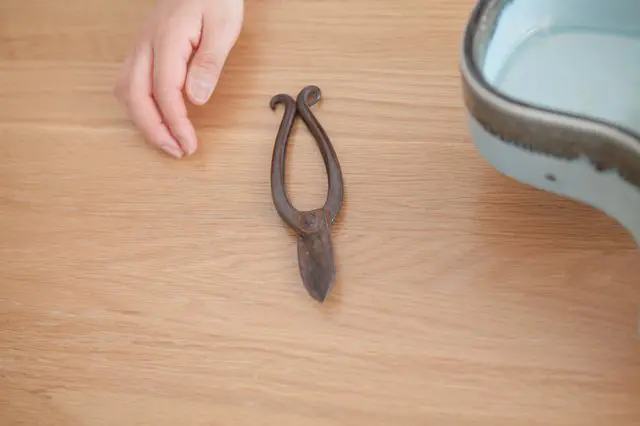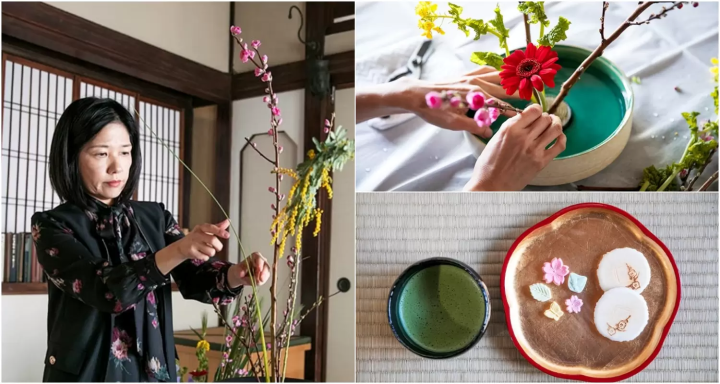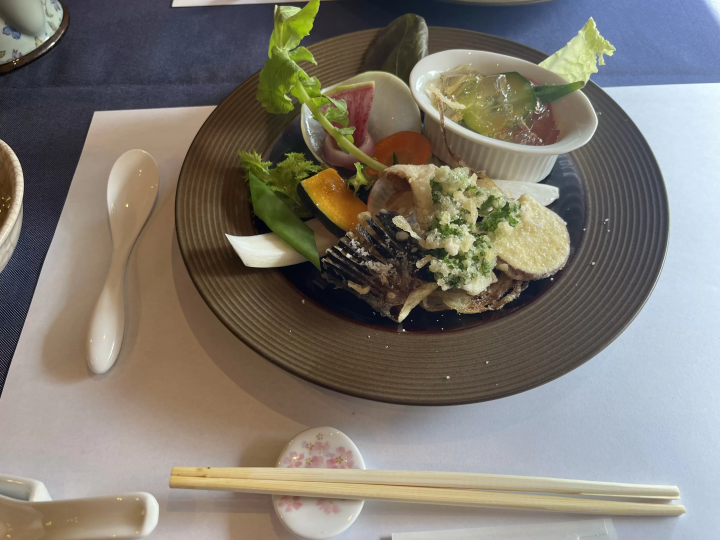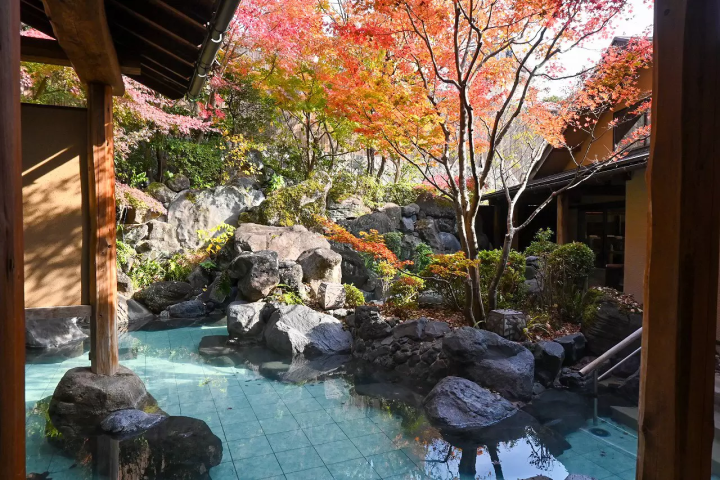Ikebana: The Japanese Art of Flower Arrangement

Ikebana is the Japanese art of flower arrangement. Learn the features of this floral art, the tools used, and where to experience it in Japan.
Ikebana: Japan's Floral Art
Ikebana or kado ("the way of the flowers") is an original form of Japanese art that involves arranging flowers, tree branches, and leaves into a vessel.
Kado and Ikebana are technically the same. However, the term Kado refers not only to the beauty of the flowers but also requires manners, techniques, mental and physical training as well. It is considered to be one of the ”ways” by which one's soul can be trained and educated. That is why ikebana practitioners are called ”Kado-ka” (flower masters).
The art of ikebana has been practiced since the Middle Ages, spanning nearly six centuries, and today there are many different schools of ikebana across Japan. In this article, we will provide an introduction to the fundamentals of Kado and Ikebana.
Historical Technique Inspired by Buddhism

One theory suggests that floral tributes offered to Buddha or the deceased are the roots of ikebana.
The head of a school that continues the tradition of Kado is generally called the "iemoto." The oldest and first head of the Ikenobo School was Senkei Ikenobo, who was also a monk. This connection indicates that Kado has historical ties to Buddhism.
Today, it is believed that there are over 300 schools of Kado. Among them, the three main schools that represent Japan are the Ikenobo, Sougetsu School, and Ohara School.
The culture of Ikebana spread throughout Japan and later became known in Europe around the end of the Edo period. Unlike Western flower arranging styles, the various methods of Ikebana influenced many people beyond Japan.
Read also
Indulge in the Art of Ikebana

Like other forms of art, appreciating Ikebana involves engaging your senses. Through this, you can gain a deeper understanding of how the Japanese embrace the changing seasons and their sense of beauty—all of which can be felt beyond words.
However, as mentioned earlier, Ikebana is not just about arranging plants to create something visually pleasing. It is also about honoring and respecting nature and understanding the heart of the artist. These aspects will allow you to enjoy and appreciate Ikebana on a much deeper level.
At some events, you may have the opportunity to watch a Kado master arrange flowers live. If you catch this chance, observe the master’s movements and techniques carefully during the process.
How Are Ikebana Arrangements Made?

In recent times, however, Ikebana can be seen in museums and galleries, leading to the application of more flexible techniques and methods to suit different locations. (Note: rules and techniques vary depending on the school.)
Despite these differences, all schools generally use flower scissors to cut the plants and create a balanced arrangement in a flower vase.
In ikebana, separate scissors are used for cutting flowers and branches. A spiky metal device called a kenzan is used to hold the flowers in place; this kenzan can be replaced or adjusted using different techniques.
How to Enjoy Ikebana as a Tourist
Visitors from outside Japan can experience the world of Ikebana through exhibitions held at galleries and major department stores across the country.
As international visitors increase, many travel and tour agencies now offer programs that allow people to try Ikebana firsthand. If you search for “Ikebana experience,” you should be able to find the information you need.
The Ikenobo School provides information in English on their website. Please visit their site if you would like to learn more.

Pictures courtesy of Wabunka
On the other hand, you can learn the basics of ikebana through an individual workshop. We recommend the ikebana experience offered by Professor Fuse of the prestigious Ikenobo School.
This workshop covers basic ikebana techniques and the Japanese perspective on nature. After creating your own seasonal flower arrangement, you'll enjoy matcha tea prepared by Professor Fuse in an authentic tea ceremony, complete with Japanese sweets.
Images from Pixta
This is the official account of MATCHA's editorial department. Our articles feature useful travel information for visitors to Japan, from how-to guides to recommended places to visit.





































![[Coupons available] We're open even during the New Year holidays! We'll bring you information on our New Year's sale!](https://resources.matcha-jp.com/resize/720x2000/2025/12/26-254137.webp)

![[For beginners and debutants] Special feature on recommended ski resorts and ski tours!](https://resources.matcha-jp.com/resize/720x2000/2025/12/26-254120.webp)

